Don't forget to link up your project to my Monday Marvelous Mess party!! One project will be picked from each party to be featured on my sidebar for a week!!
I was totally inspired by my 1st feature this week on my Marvelous Mess party. It involved tin cans and paint to make a crayon organizer. SO cute!! I took it a couple of steps further and used mini flower pots (found at the Dollar store) and a plastic tray and painted it, mod podged it, and made it into a color wheel crayon organizer. :-) It's handy and it encourages some artistic thinking and education about color theory at the same time. Making something like this for your child (or having them help you!! ) and then teaching them about Primary colors and secondary colors (made by mixing primaries) will be a learning experience for both of you. Here is a little overview of Color Theory:
Primary Colors:
red yellow blue
Secondary Colors:
(red + yellow) = ORANGE
(red + blue) = PURPLE
(blue + yellow) = GREEN
Tertiary Colors:
Made by mixing one Primary Color + One Secondary Color =
The possibilitites are endless!!
Complementary Colors:
Colors opposite each other on the color wheel. Example: Red and Green. Just because the colors are complementary does not mean that they look well together....but they help something to "stand out".
Analogous Colors:
Colors right next to each other on the color wheel. Blue and green for example. These color usally go well together and make for a comforting peaceful feeling.
Warm Colors:
These are colors that subconsciously make us think of warmth and fire.
Cool Colors:
These are colors that make us subconsciously think of coolness and water.
Neutral Colors:
Browns (which are made by mixing the three primaries) and Grays (made by mixing black and white) are considered to be neutral colors. They are also called Earth tones. You will not usually see them on a color wheel. On mine above, I have painted the center pot white with gray and black polka dots and the plastic container has been painted brown.
Hues:
A hue is a "pure" color. Red, Orange, Yellow, Green, Blue, and Violet are pure colors that have not been modified by white or black.
Shades:
A shade is when black has been added to a a hue (or "pure" color). This progressively darkens a color.
Tint:
A tint is when white has been added to a hue. This lightens a color.
There, now you know enough about color theory to teach a very short class. :-)
I'll leave you with another picture of my fun little potted color wheel:
I shared this post at these fabulous funky link parties:
Get Your Craft On
Get Your Craft On







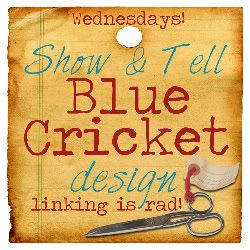




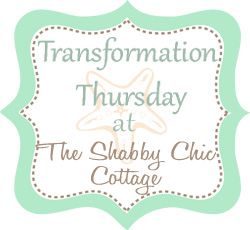



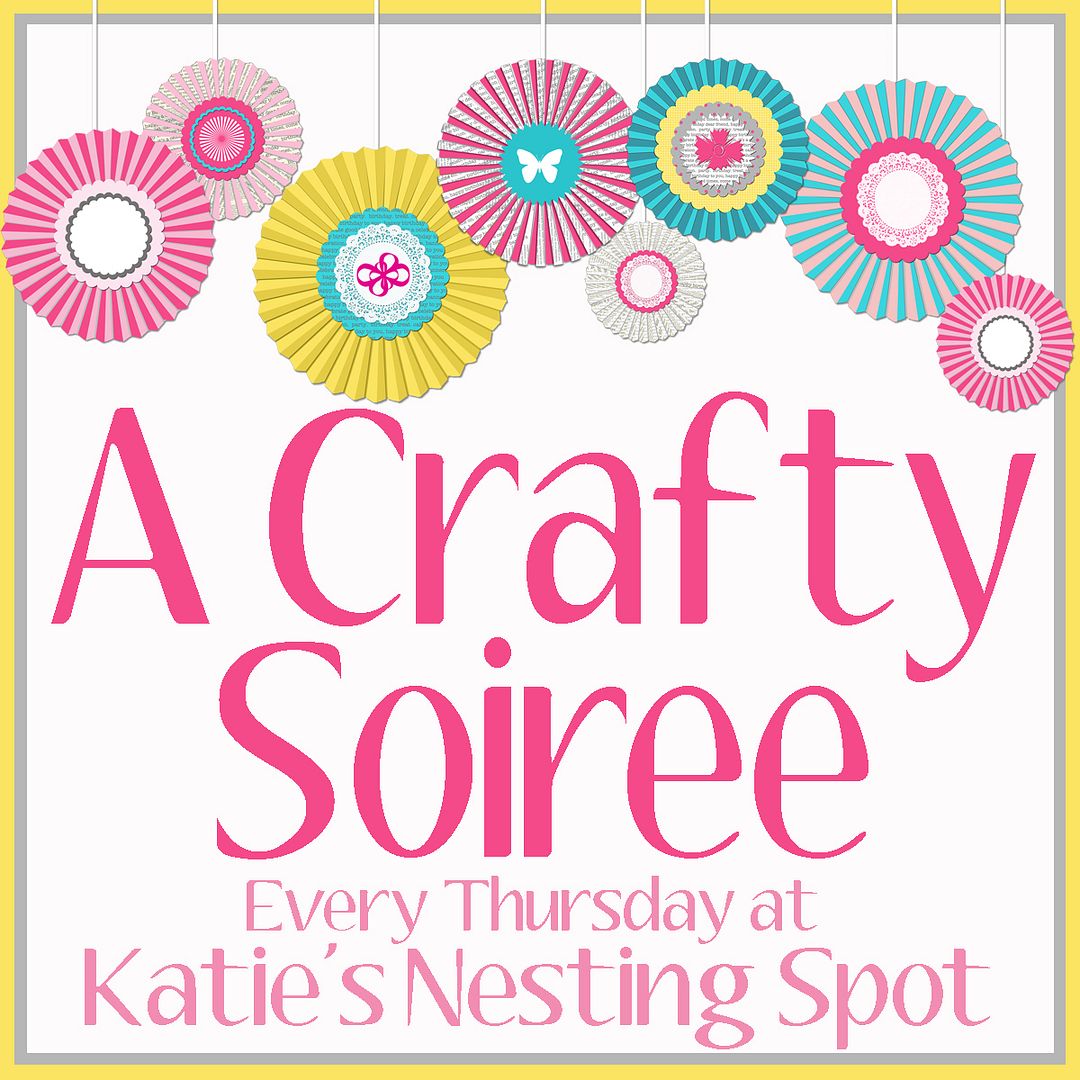
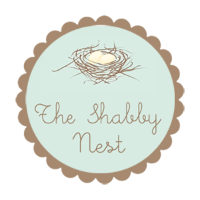


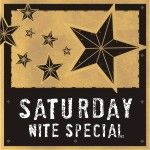
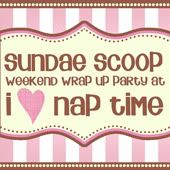

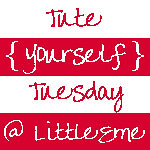




This is such a great idea and I love the mini lesson on color theory! Sorry I missed your Marvelous Mess Link Party... Next time :-)
ReplyDeleteHugs, antonella :-)
What a great idea! Our crayons never look that pretty though! Thanks for the comment on my blog!
ReplyDeleteSo cute! I was inspired by the crayon organizer too. I made some crayon buckets a couple weeks ago. Love the idea of using pots.
ReplyDelete-emily
www.nestnestingnested.blogspot.com
What a brilliant idea!!
ReplyDeleteLove it! Thanks for all the info, I always forget about these details. My kids are always asking me about colors. They would love this!!!! And what a great accessory for our patio!
ReplyDeletewhat a cute idea
ReplyDeleteThis is such a simple and cute idea. I wish I'd been blogging when my kids were young (of course there were no blogs way back then)~
ReplyDeleteThat is an adorable idea. Visiting from MM.
ReplyDeleteWhat a great metamorphosis! Well done.
ReplyDeleteI am having a hilarious Linky party with prizes this Wednesday. Details are on my blog today.
I hope you'll join in on the fun.
I just couldn't bear to let my kids 'disorganize' the beautiful crayons! :)
ReplyDeleteMay have to do it for myself and my colored pencils.